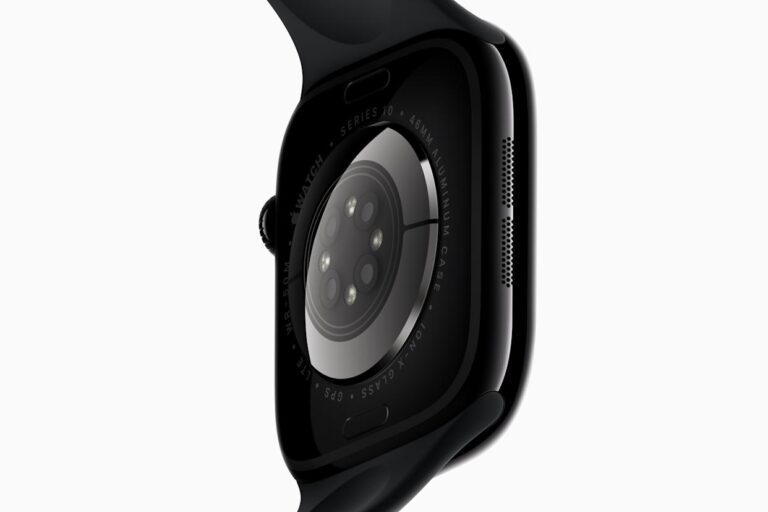At 14, Lily* began feeling constantly fatigued. She overslept, struggled with basic tasks, and started experiencing heavy menstrual periods. By 25, she was diagnosed with anxiety and depression and put on antidepressants. While the medication helped with some symptoms, it caused side effects like memory loss, low sex drive, and weight gain.
A decade later, a new GP dug deeper and ran blood tests, revealing critically low iron levels bordering on anemia. After receiving an iron infusion, Lily recalls, “The week after, I just felt so wildly different.” For years, she had simply accepted her exhaustion as part of who she was.
Lily is not alone—around one in five Australian women have an iron disorder, and many live for years with untreated symptoms. Misdiagnosis is common. A Swiss study of over 1,000 women with iron disorders found that 35% were initially diagnosed with another condition, most frequently depression.
Why Misdiagnosis Happens

Dr. Nicole Jenkins, a scientist at the Florey Institute of Neuroscience and Mental Health, explains that iron deficiency and mood disorders share overlapping symptoms, such as fatigue and low motivation. Iron is essential for producing dopamine, the brain’s “feel-good” chemical, meaning low iron can worsen mood disorders.
Jenkins herself experienced years of misdiagnosis. She only discovered her iron deficiency after seven years, despite normal blood tests for much of that time. Chronic conditions like endometriosis—which she also had—can obscure iron test results, delaying proper diagnosis until levels are dangerously low.
Current Testing Limitations
Today, iron deficiency is typically measured by ferritin, a protein that stores iron. Jenkins compares it to checking how many bottles of water you have without measuring how full each bottle is. Some bottles may be full, others empty, and inflammation from illness or chronic conditions can further distort ferritin levels, making tests unreliable.
Even after diagnosis, treatment isn’t always straightforward. Lily’s body didn’t absorb iron tablets effectively, and the pills caused cramps and other side effects. Balancing iron treatment with hormonal changes, anxiety, and depression can be extremely complicated.
Nanodiamonds to the Rescue
Jenkins is now leading FeBI Technologies, a spin-off from the Florey Institute and the University of Melbourne, developing a world-first blood test that measures iron directly, rather than ferritin. The test uses quantum sensors based on nanodiamonds—tiny, inexpensive diamonds that react to magnetic signals. Because iron in ferritin has a magnetic signature, these sensors can accurately detect how much iron is present.
The federal government’s Critical Technologies Challenge has provided nearly half a million dollars to support prototype development at Sunrise Health Service in Katherine, Northern Territory. A six-month trial starting in August will engage communities to ensure the test is accessible, affordable, and functional in any environment.
Jenkins hopes the test will be widely available by 2028, offering faster, more accurate diagnosis and better monitoring of treatment responses.
Expert Opinion
Prof. Derek Abbott, a quantum systems expert at the University of Adelaide, says using nanodiamond quantum sensors to measure iron in blood is “entirely feasible.” He adds, “Iron deficiency is indeed a significant global problem. To be able to do an accurate on-the-spot measurement would be a godsend.”



